Real‑World Evidence (RWE) Solutions for Clinical Research
Generate robust real-world evidence (RWE) with a SaaS solution with EHR-to-EDC connectivity.

What Is Real‑World Evidence?
Real‑World Evidence (RWE) is clinical and health data derived from real‑world settings (such as electronic health records [EHRs], claims databases, registries, mobile health apps, wearables, and patient-reported data) which when analyzed, produce actionable insights about a medical product’s safety, effectiveness, and use in routine practice.
While randomized controlled trials (RCTs) remain a gold standard for efficacy, RWE provides complementary insights by reflecting how therapies perform across more diverse patient populations and in the complexities of everyday care.
RWD (real-world data) are the raw data sources; RWE is the validated evidence that emerges when those data are processed through rigorous research methods.
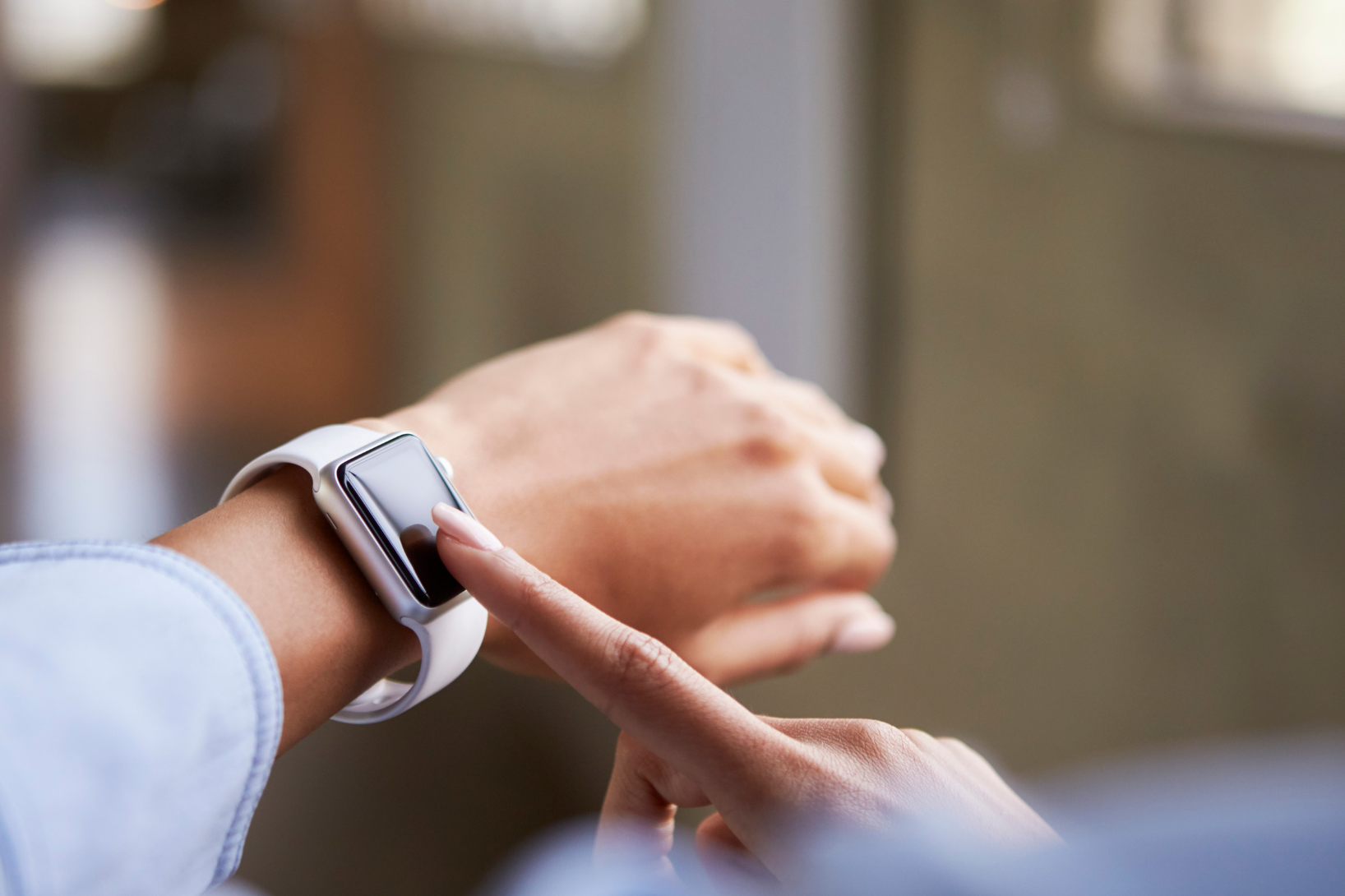
Why Real‑World Evidence Matters in Modern Clinical Development
- Bridging the gap between trials and practice: RWE helps show how treatments perform outside of tightly controlled trial settings, in broader patient populations.
- Regulatory and payer decisions: Authorities (e.g. FDA) increasingly accept RWE for label expansions, post-marketing surveillance, and safety monitoring.
- Faster insights with lower cost: Because RWD already exists (in EHRs, registries, etc.), acquiring and analyzing it can often be quicker and more cost-effective than launching new trials.
- Support for pragmatic trials, external comparator arms, and hybrid designs: RWE enables use of external control arms, or supplementing trial data with real-world data to reduce patient burden or costs.
- Long-term safety and outcomes: Some effects or adverse events only become evident over time; RWE allows longitudinal tracking beyond the typical trial window.
Challenges in Generating High-Quality RWE
Real-world evidence is powerful, but not without hurdles:
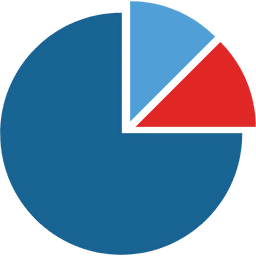
Data quality and completeness
Missing fields, inconsistent coding, and variable completeness across sites or sources can undermine validity.
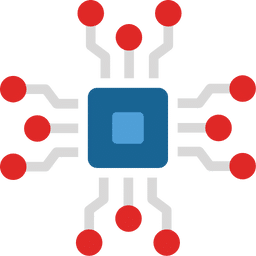
Interoperability and standardization
Aggregating multiple sources (EHR, claims, wearables) requires mapping to common data models or standards.
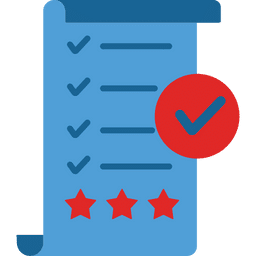
Regulatory scrutiny and validation
RWE must meet rigorous standards for transparency, reproducibility, and causal inference to be accepted by regulators.
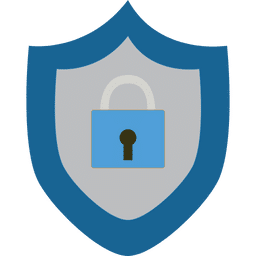
Privacy, security, and governance
Linking patient-level data across systems demands strict compliance with HIPAA, GDPR, and other privacy laws.

Scalability and infrastructure
Large RWD volumes require robust infrastructure, computational resources, and analytic frameworks.
How TrialKit helps mitigate these challenges:
- Scalability across global sites, multi-trial contexts, and high-volume data ingestion
- Built-in data harmonization and structured storage across all modules (EDC, ePRO, imaging)
- Audit trails, versioning, and compliance controls to support regulatory acceptance
- Integrated analytics and AI capabilities to control for bias and support causal inference
- Role-based access, encryption, and governance layers to protect privacy
How Does TrialKit Enable Robust RWE Generation?
TrialKit is not just for traditional clinical trials—it also supports real-world data collection, processing, and evidence generation in an integrated environment:
Seamless data capture modules
EDC for clinical data; ePRO/eCOA for patient-generated outcomes; imaging, registries, wearable integrations
Natural language and AI analytics
Ask high-level or detailed questions about real-world data to derive insights without manual report building
Linking RWD with trial data
Harmonize and compare RWE and RCT data side by side for hybrid or supplemental designs
Audit-ready architecture
Data provenance, version control, and full traceability support regulatory and payer demands
Scalable deployment
From single-site real-world studies to multi-national, longitudinal data aggregation
